In this article
Understanding Superimposition
Have you ever combined two pictures or videos that seemingly don't go together and got something great? It's wonderful how some things in this world just fit. When you combine two art pieces, you can get something stunning. When you overlay one photo or video over another and merge them together to form a whole, you unlock their maximum potential. We can see both art pieces, one on top of the other, complementing and improving each other.
This technique is called superimposition, and today, we will learn everything about it.

Superimposition is a visual art technique used in film and photography. Two or more images or video clips are placed over each other in a single frame, creating a layered effect.
What are the Visual Characteristics of Superimposition in Photography and Movies?
Superimposition vs. Double Exposure
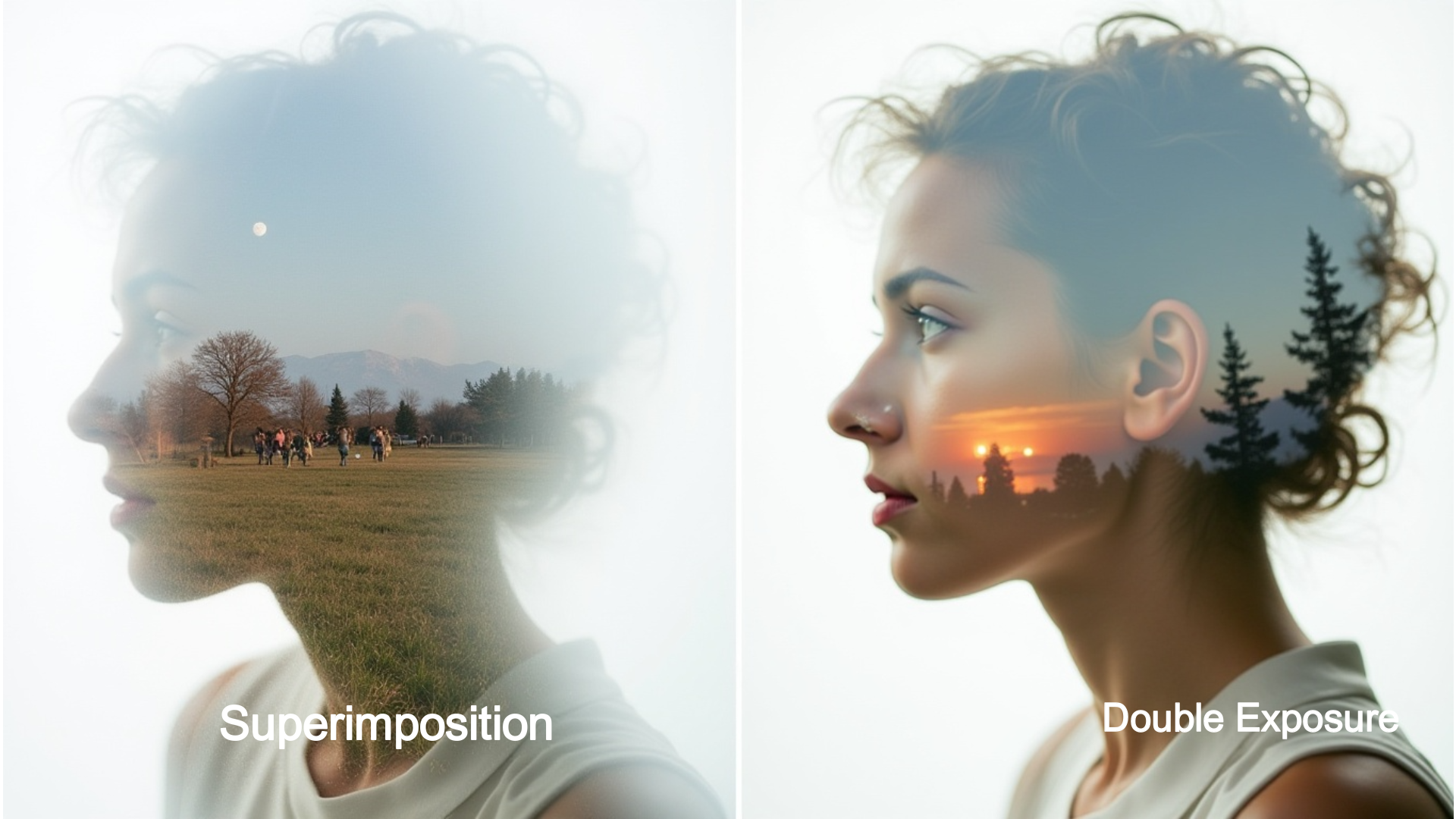
The term "double exposure" is often confused with the term "superimposition" because they have similar effects. The simple explanation is that double exposure is a specific camera technique where you use device settings to capture two photos and immediately superimpose them over each other. Superimposition is a broader term, and it can be achieved using equipment or in post-production.
To help you understand the difference better, we have prepared this short comparison table.
| Superimposition | Double Exposure | |
| Definition | It means overlaying two or more images in a single frame. | It exposes the same frame of film (or sensor) to light more than once. |
| Technique Type | It is primarily a post-production or digital editing technique. | Traditionally, it is an in-camera photographic technique. |
| Transparency Control | It often allows fine control over transparency and layering. | You have limited control as images are blended through exposure levels. |
| Use in Film | It is common in narrative storytelling, dream sequences, and symbolism. | It is occasionally used for stylistic or artistic effects. |
| Temporal Relation | It can combine unrelated scenes from different times or locations. | It often combines shots that are moments or minutes apart. |
| Examples | Ghostly overlays in horror films, visions in dream sequences, etc. | Silhouettes with landscapes, faces with textures in photography, etc. |
The 5 Most Memorable Scenes with Superimposition
This very powerful technique has been used in movies ever since the early 40s and 50s, and by now, there have been many memorable examples of superimpositions in film. Here are five examples we think are the best when it comes to creating impact with superimposition.
Psycho (1960) – The Final Shot of Norman Bates
Director: Alfred Hitchcock
Scene: As Norman, the main character, sits alone in the cell, his face is briefly superimposed with a skull, letting the audience know that he has gone mad.
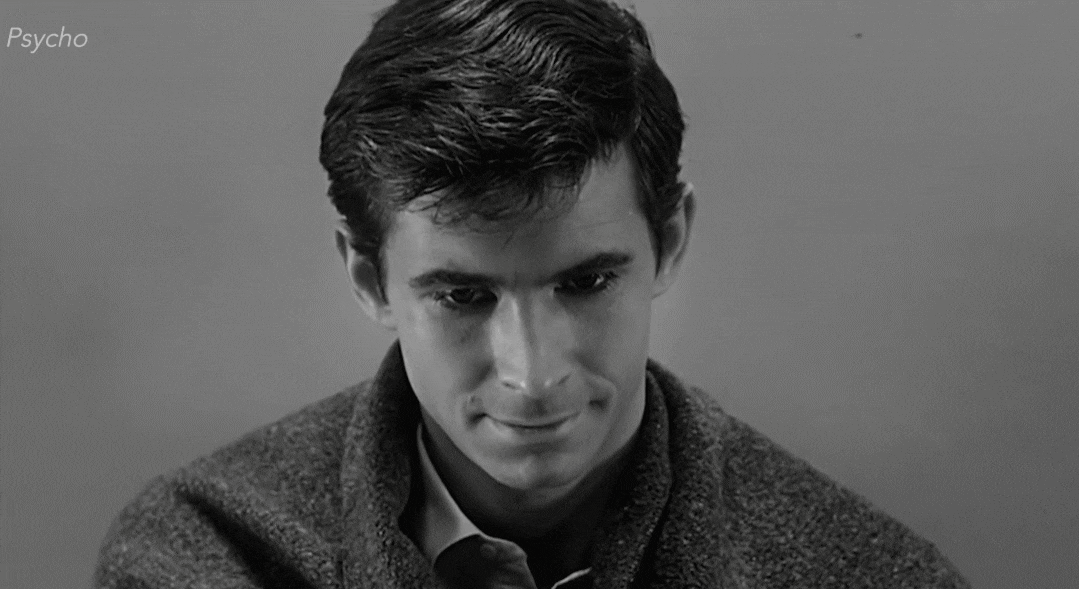
In this example from one of the most revered movies of all time, the superimposition effect signals how the main character is having a complete mental breakdown.
The Godfather: Part II (1974) – Michael and Vito
Director: Francis Ford Coppola
Scene: A transition is made between a shot of Michael Corleone and a shot of his father, Vito, several years into the past, when he was at a similar age to Michael now.
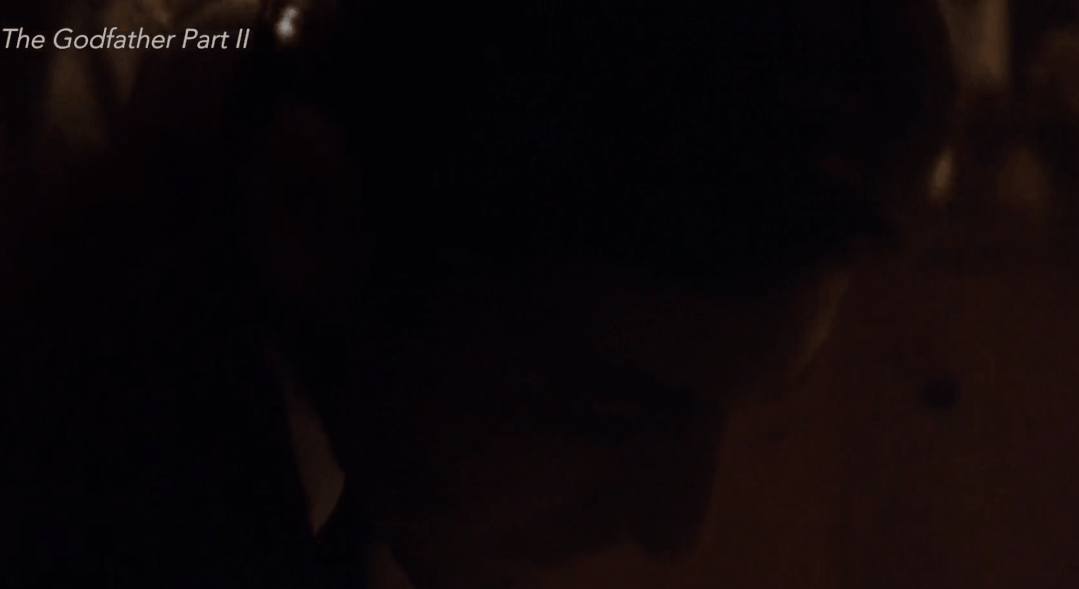
Here we have an example showing that superimposition can transport us through time. We see a man and a scene with his father when he was young, fading in. We are instantly aware that both of them are thinking about how to create something better for their family.
The Shining (1980) – Jack and the Hotel
Director: Stanley Kubrick
Scene: Jack, the main character of the movie, is sitting in a chair, and we see a transition between a scene with him and the hotel with some alignment.
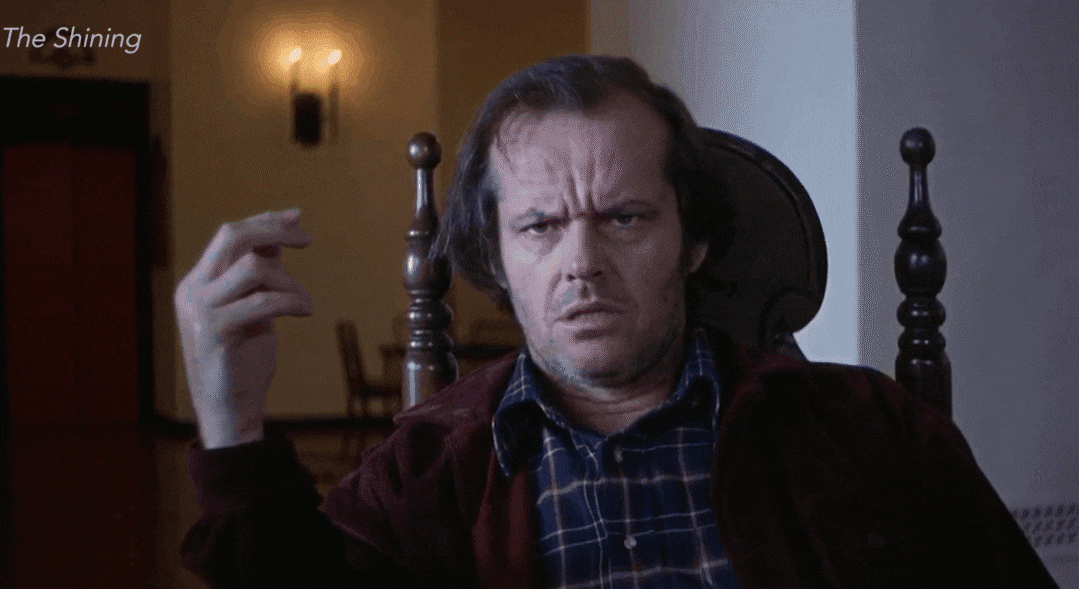
Here we have an example where superimposition tells an important story element. Here, the director is showing us the character's shifting mental state. After this transition, we are told that Jack is in the hotel and vice versa, and this foreshadows later events.
Indiana Jones and the Raiders of the Lost Ark (1981)
Director: Steven Spielberg
Scene: We see the main character, Indiana Jones, played by Harrison Ford, sleeping in a plane while the superimposed shots tell us he is traveling to a different destination.
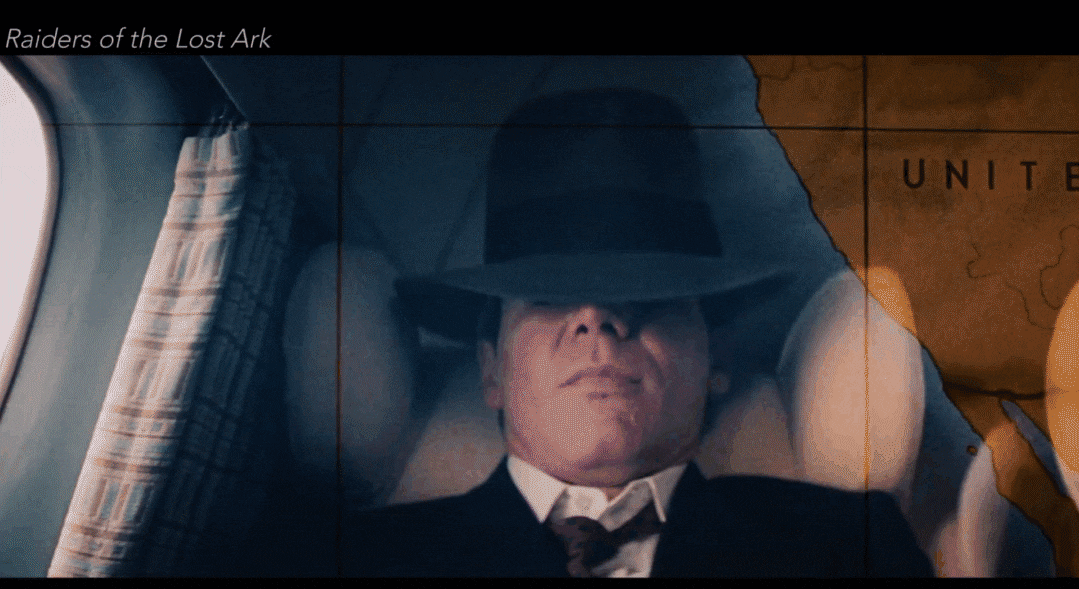
Here we have an example of how superimposition can show the passage of time. We see the character falling asleep, which is superimposed and cross-faded into a scene with an airplane flying away, which is then superimposed with a map showing the travel route.
The Sound of Music (1965)
Director: Robert Wise
Scene: In this establishing shot, a bell boy rings a large bell while we see images of the location where the action will take place.

This is an example of how superimposition can be used for aesthetic purposes. There is no specific symbolism or calculated cross-dissolve transitions, but several superimposed shots that look very beautiful together, enhancing the overall viewing experience.
When and Where to Use Superimposition
In Superimposition, one image is typically more transparent than the other, which allows you to witness both of them simultaneously. Creators use this technique to show symbolism in the scene, show actions that are happening simultaneously, and suggest what a character is thinking about.
This effect can also be used to show dream sequences and surreal moments. You can achieve it while filming or in post-production. Here are the applications of superimposition.
Genre-Specific Applications for Superimposition
Combine Superimposition Shots with These Creative Techniques
Two Vital Artistic Considerations Concerning Superimposition
Easy Guide to Superimpose Two Clips
Now that you have learned the most important theoretical aspects of superimposition, it's time to superimpose two clips of your own. The best tool for achieving this is Filmora. It comes packed with hundreds of transition effects that will let you superimpose scenes with ease. From various dissolve effects to multiple crossfade templates, practicing superimposition in Filmora is straightforward.
A Step-by-Step Guide to Creating Superimposed Shots
Before you proceed with the steps below, download and install Filmora on your Windows or Mac device. Then, open Filmora and create a new project. When it loads, follow the three-step process to add a transition effect between two clips.
Click on Import and proceed to select and add at least two clips to Filmora.
When the files are uploaded, drag them to the video editing timeline and arrange them in the correct order.
Go to Transitions, find a transition effect that you like (we will pick the standard Dissolve transition) and drag it the timeline between the two clips.

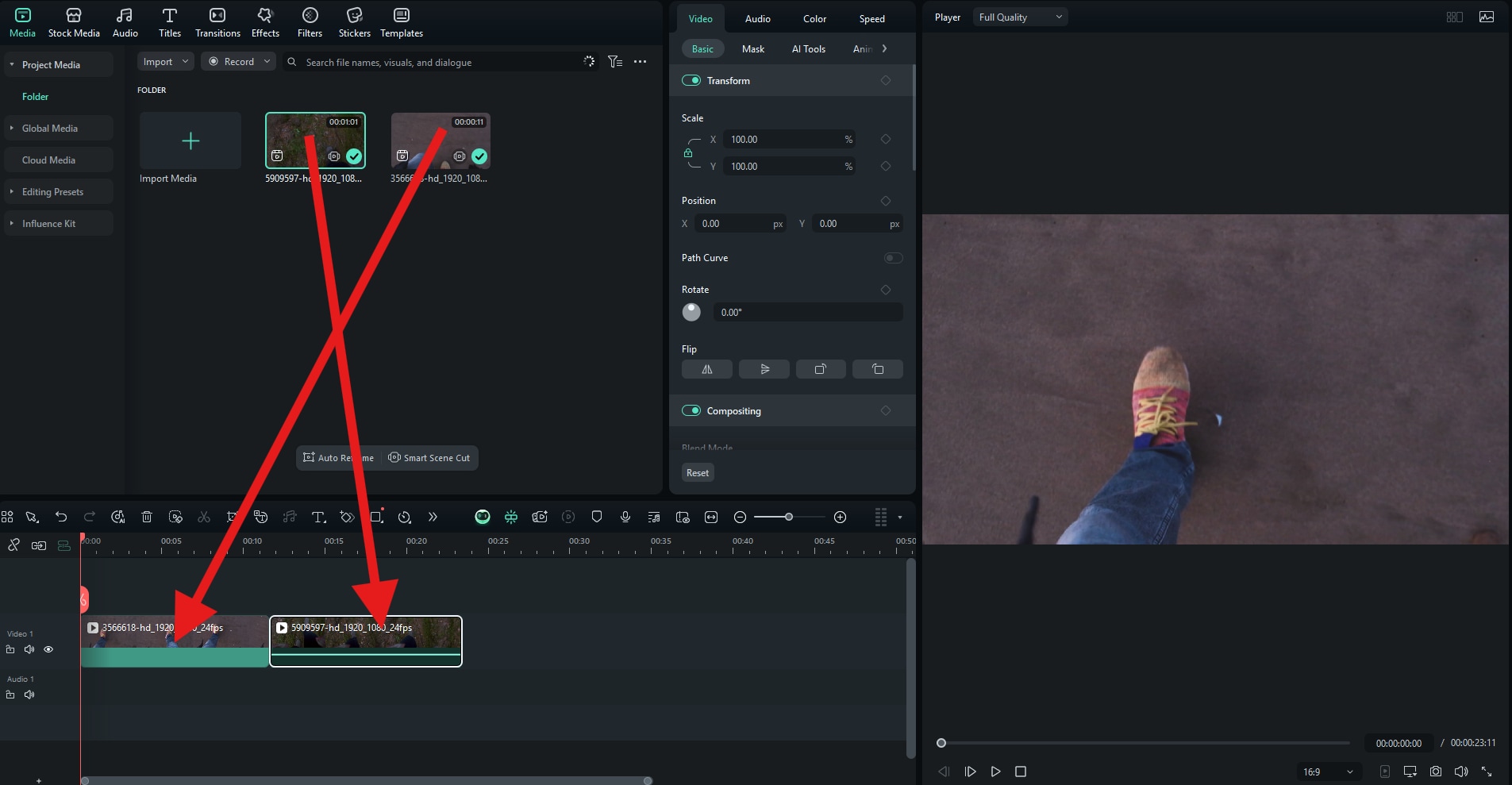
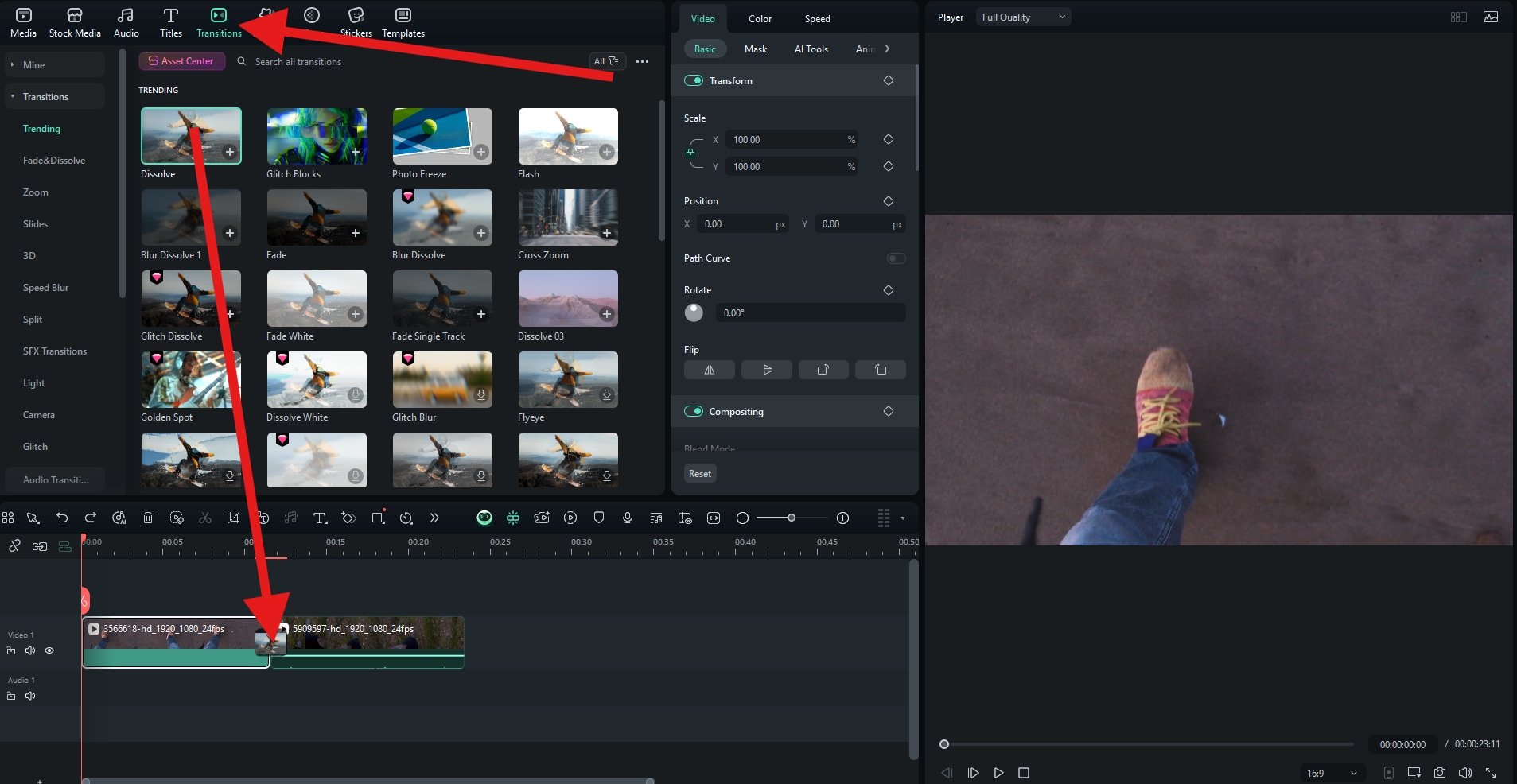
Check out our results.
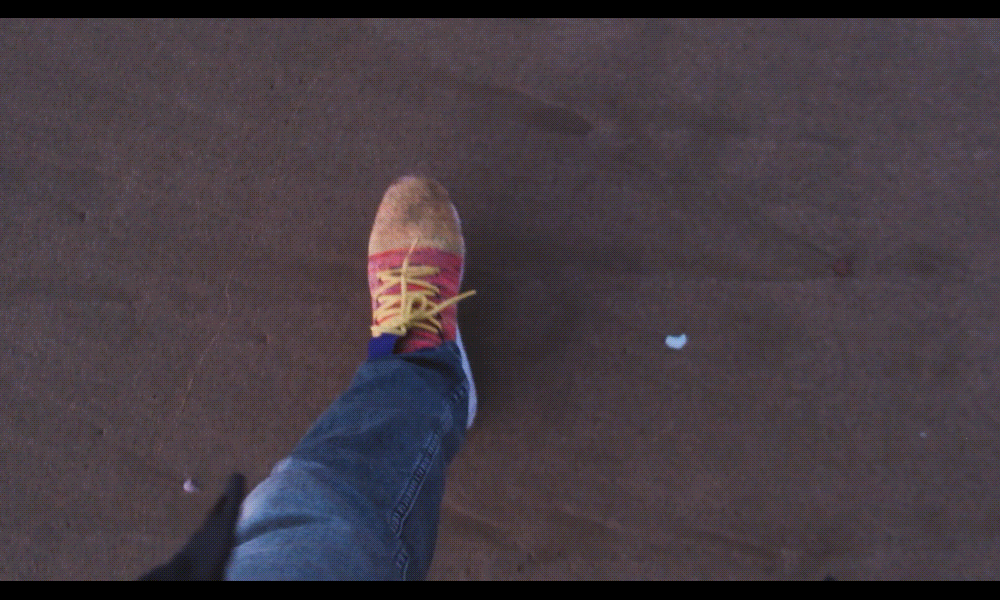
How to Fix The 2 Most Common Issues with Superimposition
The superimposed object appears “floating” and disconnected from the environment.
You can add artificial shadows (drop shadow, ambient occlusion) that match the light source direction, add slight blur or grain can also help integrate the layer into the background, or use depth-of-field blur to match camera focus if needed.
You designed both scenes perfectly and recorded them correctly, but you notice some exposure and contrast issues in post-production.
This is a common occurrence, and you should not be discouraged. You don't have to reshoot anything; you can use a tool like Filmora to adjust exposure and contrast parameters accordingly.



